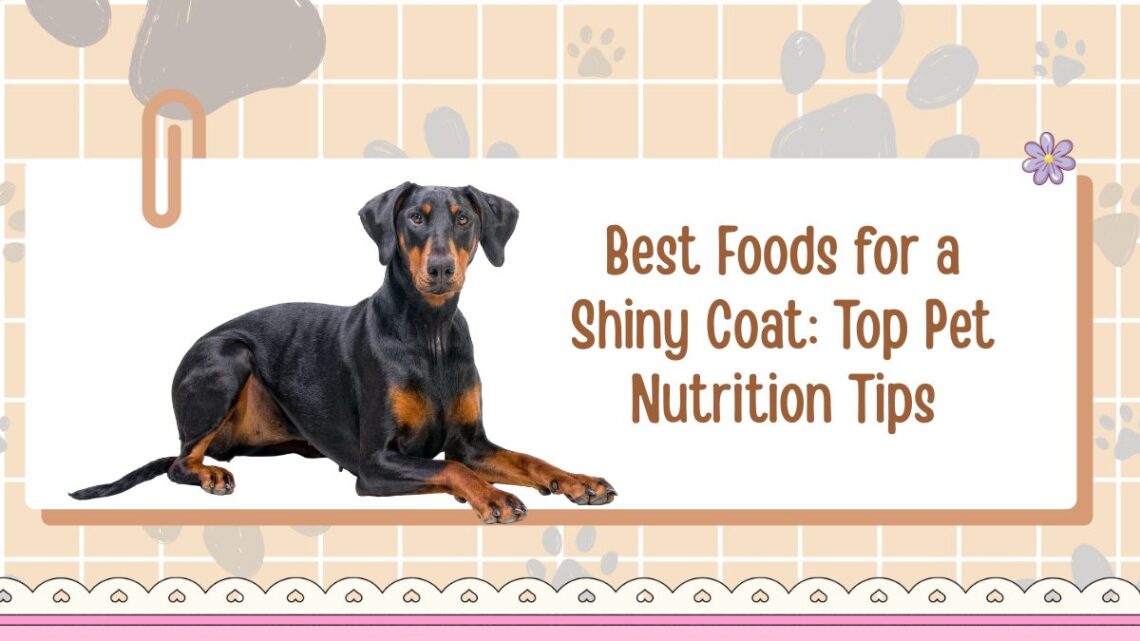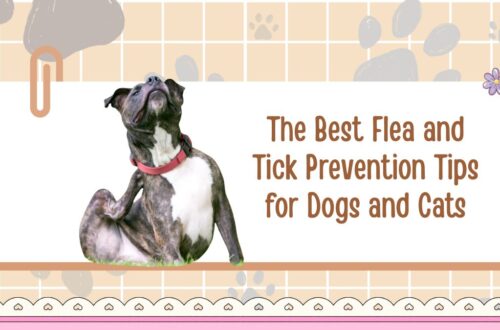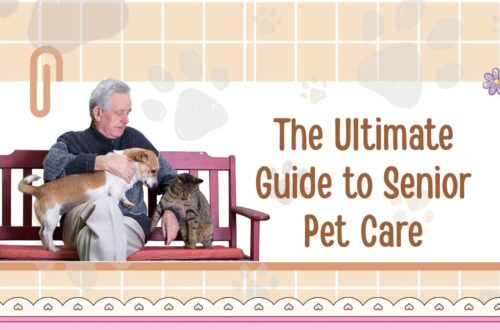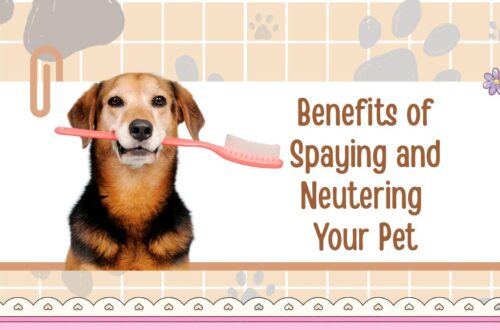A soft, glossy coat isn’t a “cosmetics” issue—it’s biology. Hair and skin are protein- and lipid-rich tissues that constantly renew, so the nutrients in your pet’s bowl determine how well those tissues are built and protected.
Diets that meet (or exceed) complete and balanced standards for each life stage and supply the right fats, amino acids, vitamins, and minerals are the fastest, safest path to a natural shine.
The Non-Negotiables: Proven Nutrients For Skin & Coat
1) High-Quality Protein (Amino Acids = Keratin Building Blocks)
Hair shafts are ~95% protein. Diets must supply complete amino acids—especially methionine/cystine, lysine, and histidine—to synthesize keratin (hair) and collagen (skin).
For adult maintenance, AAFCO minimum protein is 18% dry matter (dogs) and 26% dry matter (cats), but many pets look best on formulas that go higher, provided calories are right for body condition.
Recent reviews show amino-acid balance drives hair strength, pigment, and elasticity; deficiencies dull the coat and can weaken the skin barrier.
2) Essential Fatty Acids (EFAs): Omega-6 + Omega-3
- Omega-6 (linoleic acid/LA) maintains the skin’s lipid barrier and natural oils—critical for gloss. Adult dog foods should provide at least ~1.1% LA (DM); cats need LA and arachidonic acid (AA) from animal fat.
- Omega-3 (EPA/DHA) calms inflammation and dandruff and improves luster. For therapeutic support (itchy, flaky dogs), veterinary literature uses ~50–220 mg/kg body weight of EPA+DHA per day; many start low and titrate while watching stools/platelets.
- Balance matters: while there’s no single “perfect” ratio, keeping omega-6:omega-3 below ~5:1 helps avoid excess pro-inflammatory signaling that can sabotage shine.
3) Skin-Active Vitamins (A, E, Biotin/“B7”)
- Vitamin A regulates keratinization; deficiency leads to dry, scaly skin and sparse fur—a shine killer.
- Vitamin E protects skin lipids from oxidation, supporting a sleek coat (often included at adequate levels in complete diets).
- Biotin supports fatty-acid metabolism in skin and hair; deficiency links to brittle fur and scaling in dogs.
4) Coat Minerals (Zinc & Copper)
- Zinc is pivotal for skin turnover and hair follicle function; low intake or poor absorption can cause dull, crusty coats (notably in some northern breeds). Dogs with “zinc-responsive dermatosis” improve when the diet and zinc status are corrected.
- Copper supports melanin (pigment) and keratin crosslinking; deficiency is linked to coat color fading (achromotrichia) and poor hair quality.
5) Cat-Specific Must-Haves (Taurine & Arachidonic Acid)
Cats are obligate carnivores: in addition to protein quality, they require dietary taurine and arachidonic acid—shortfalls can indirectly impact skin/coat and overall health.
Commercial cat foods meeting AAFCO adult maintenance include taurine at ≥25 mg/100 kcal (dry) (more in wet) and AA from animal fats.
Updated Evidence On “Bonus” Helpers
- Probiotics/postbiotics (gut–skin axis): New randomized, controlled studies (2024–2025) report reduced itch and better skin/coat scores in dogs with atopic tendencies after 8–16 weeks of targeted oral microbiome support. These are adjuncts—use with a balanced diet.
- GLA (borage/primrose/black currant oils): research is mixed for eczema-like conditions; some dogs appear to benefit, others show no difference. If used, insist on PA-free borage products and veterinary guidance.
What To Feed: Practical Food Picks & Label Targets
1) Choose Complete & Balanced By Life Stage
Look for “meets AAFCO nutrient profiles” for your pet’s life stage (puppy/kitten, adult, senior, pregnancy). This ensures minimums for protein/fat/LA, minerals, and vitamins—the foundation for shine.
2) Prioritize Protein Quality
Select foods with animal proteins (chicken, turkey, fish, beef, egg) in the first ingredients. Cats especially need animal sources to hit taurine and arachidonic acid.
3) Favor Skin-Smart Fats
Look for formulas that declare:
- Fish oil, salmon oil, menhaden oil or algae oil (for EPA/DHA).
- Chicken fat/safflower/sunflower (for linoleic acid).
Maintain omega-6:omega-3 < ~5:1 overall via food + topper if needed.
4) Mind The Minerals
Quality foods list zinc and copper within AAFCO ranges (dogs: Zn ≥80 mg/kg DM adult; adjust for energy density; copper needed but avoid oversupplementation in susceptible breeds). If you notice coat color fading or crusting—see your vet before adding supplements.
Vet-Guided Supplement Targets (When Diet Alone Isn’t Enough)
Always introduce supplements gradually and with veterinary guidance—especially if your pet has pancreatitis risk, bleeding disorders, or is on immunomodulators.
- EPA + DHA (fish/algae oil): start around 50–75 mg/kg/day combined and titrate up toward 100–150 mg/kg/day for coat/skin support if your vet agrees; upper ranges (200+ mg/kg) are typically reserved for arthritis or more inflamed conditions. Watch for soft stools and interactions with clotting.
- Zinc: not for routine use unless deficiency is documented or breed-specific issues exist; excess zinc can harm copper status.
- Biotin: often included in complete foods; targeted add-ons may support brittle coats when deficiency or poor absorption is suspected.
- Probiotics/postbiotics: choose species/strain-identified products used in peer-reviewed canine trials; allow 8–12+ weeks to gauge coat/skin changes.
Top Foods & Ingredients That Promote Shine
Shine-Boosting Proteins
- Fresh/frozen fish or fish-first kibbles/cans (salmon, sardine, menhaden) = ready EPA/DHA
- Egg = excellent amino-acid profile and biotin (cooked/plain)
- Poultry & meat meals = concentrated amino acids when used by reputable manufacturers
(Confirm the product meets AAFCO for your pet’s life stage.)
The Right Fats
- Salmon/marine oil toppers for EPA/DHA
- Chicken fat/safflower/sunflower for linoleic acid to restore skin barrier and gloss
- Keep omega-6:3 < ~5:1 overall.
Micronutrient Support
- Formulas with declared zinc and copper within AAFCO; vitamin A & E adequate; biotin present
- Cat foods with taurine ≥25 mg/100 kcal (dry) and arachidonic acid from animal fat.
Quick Reference: Nutrients For Shine (Targets & Food Sources)
| Nutrient (Pets) | What It Does For Coat | Updated Target / Guidance | Everyday Food Sources |
|---|---|---|---|
| Protein (AAs) | Builds keratin & collagen (hair/skin strength, elasticity) | Dogs ≥18% DM; Cats ≥26% DM (AAFCO adult). Higher (quality-driven) often enhances shine. | Meat, poultry, fish, eggs. |
| Linoleic Acid (Omega-6) | Skin barrier, sebum; prevents dryness/dullness | Dogs adult ≥~1.1% DM; cats need LA and AA from animal fat | Chicken fat, sunflower/safflower oils; animal fats (AA for cats). |
| EPA + DHA (Omega-3) | Anti-inflammatory, reduces dandruff/itch; improves luster | ~50–150 mg/kg/day (coat support; vet-guided). Higher ranges for joint/derm care. | Salmon, sardine, menhaden, algae oil. |
| Omega-6:Omega-3 Ratio | Balances signaling; excess omega-6 dulls coat | Keep <~5:1 overall via diet + topper | Choose foods with fish oil; add marine oil if needed. |
| Vitamin A | Controls keratinization; prevents scaling | Ensure AAFCO-adequate; deficiency → dry, scaly skin, sparse fur | Liver (tiny amounts), eggs, fish; complete diets. |
| Vitamin E | Antioxidant for skin lipids; protects shine | AAFCO-adequate in complete diets | Fish oils + fortified foods. |
| Biotin (B7) | FA metabolism in skin/hair; reduces brittleness | Often covered in complete diets; targeted support if deficiency | Eggs (cooked), organ meats; balanced foods. |
| Zinc | Follicle turnover; scaly, crusty coats if low | Dogs adult foods typically ≥80 mg/kg DM; supplement only if vet-directed | Meat proteins; balanced diets; breed-specific caution. |
| Copper | Pigment synthesis (prevents color fading) | Adequate copper prevents achromotrichia; avoid excess in susceptible breeds | Organ meats; complete diets. |
| Taurine (Cats) | Feline essential AA; supports overall health (indirect coat effects) | ≥25 mg/100 kcal (dry) cat diets; higher in wet | Animal proteins; complete cat foods. |
| Probiotics/Postbiotics | Gut–skin axis; can reduce itch, support coat quality | Evidence of improved pruritus & coat scores in 8–16 wks (adjunct) | Vet-recommended, strain-specific products. |
Smart Feeding Plays For Maximum Gloss
- Match life stage & size. Puppies/kittens and pregnant/nursing pets need growth/reproduction formulas with higher protein, fats, and LA—underfeeding these stages is a common “dull coat” mistake.
- Use fish cleverly. 2–3 fish meals per week (dogs) or fish-first kibbles/cans can deliver a natural EPA/DHA bump. For sensitive stomachs, switch gradually and consider algae oil for cats that resist fish. Dosage still counts—don’t megadose.
- Hydration = shine. Adequate water (and, for cats, wet foods) supports sebum flow and skin turnover, which helps the coat lie flat and gleam. (Choose complete wet foods that also meet AAFCO.)
- Watch weight. Obesity dulls coats via low-grade inflammation and poor grooming. Feed to ideal body condition; more calories are not a shortcut to sheen.
- Rotate proteins sensibly. Rotation across chicken–turkey–fish–beef (within the same brand family) can broaden amino-acid and micronutrient exposure while keeping stool quality steady. Transition over 5–7 days.
- Address itch fast. Persistent licking, dandruff, or hot spots need a veterinary work-up (parasites, allergy, endocrine disease). Diet helps, but medical issues (including new JAK-inhibitor options) may need treatment.
Sample One-Week “Shine Plan” (Add To A Complete Diet)
- Daily: Complete & balanced food (life-stage-appropriate) + EPA/DHA at ~50–75 mg/kg/day to start.
- 2–3×/week: A tablespoon of cooked, plain salmon (dogs) or a fish-first canned meal (cats) to bump omega-3s; adjust calories.
- 8–12 weeks: Consider a vet-recommended probiotic/postbiotic if mild pruritus persists; reassess skin/coat scores monthly.
Red Flags That Nutrition Isn’t The Only Issue
- Sudden coat color fading, crusting at nose/footpads, or symmetrical scaling → discuss zinc/copper status and diet suitability with your vet.
- Patchy hair loss, pigment changes, or brittle coat → screen for hormonal disease or dermatologic disorders before layering supplements.
A mirror-finish coat isn’t a mystery—it’s metabolism fueled correctly. Prioritize complete & balanced foods by life stage, elevate protein quality, and balance omega-6 with marine omega-3s.
Keep vitamin A, E, biotin, zinc, copper, and (for cats) taurine/AA on your radar through reputable formulas rather than random add-ons.
If itch or scaling persists, partner with your veterinarian on targeted EPA/DHA dosing and consider microbiome support. With the right bowl strategy—and a little patience—shine happens.
FAQs
Most pets show texture and sheen changes in 4–8 weeks—roughly one hair-growth cycle—faster if you also optimize EPA/DHA and LA and address any underlying itch. Allow 8–12+ weeks if you’re trialing probiotics/postbiotics alongside diet.
Not inherently. Shine comes from balanced amino acids, EFAs, vitamins, and minerals—which both grain-inclusive and grain-free diets can provide. Choose complete & balanced formulas with marine omega-3s and appropriate LA, then evaluate your individual pet’s response.
Adding fish or borage oil without fixing the base diet can skew calorie intake and the omega-6:3 ratio. Start with a complete diet, then add vet-guided EPA/DHA (and only consider GLA if you and your vet feel your pet is a likely responder). Monitor stools/weight and re-balance as needed.






